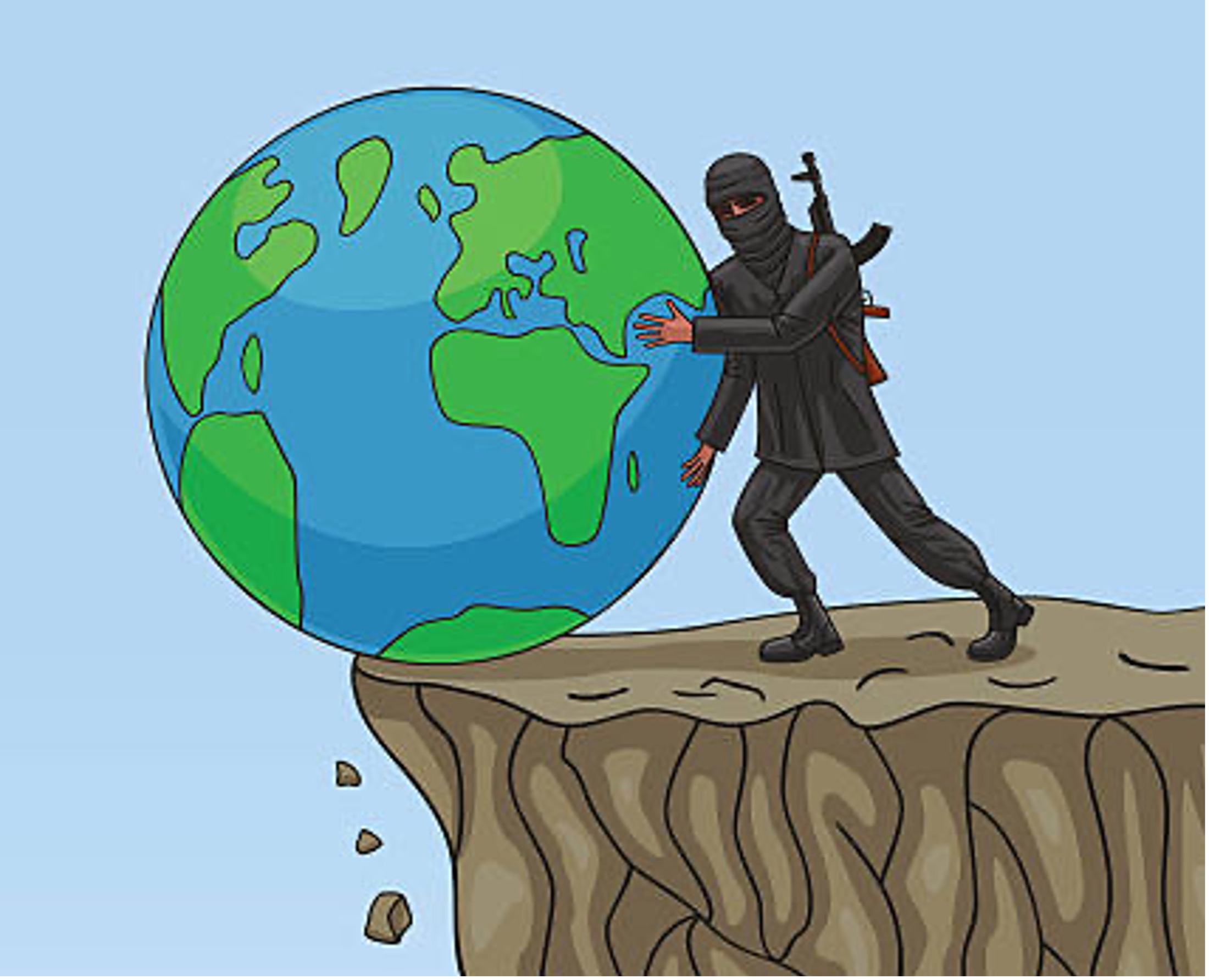
Terrorist attacks remind us we live in a world where something bad can happen anywhere at any time. However, they shouldn’t be a reason to stop traveling, or to avoid huge swaths of the globe out of a misperception that your risk is greater there than anyplace else. Here are seven suggestions on how to put risk in perspective.
1. Grasp how minuscule the statistical probability is of getting caught in a terrorist attack abroad.
According to the U.S. State Department, the number of U.S. citizens killed overseas by incidents of terrorism from 2001 to 2013 was 350. If you’re thinking home is safer, compare that number with the 3,030 killed in the U.S. by terrorism during the same period. In terms of street crime and gun violence, most of the U.S. cities we live in are statistically more dangerous than the places we visit abroad. Your risk of being killed in a car crash (one in 19,000), drowning in your bathtub (one in 800,000), or being struck by lightning (one in 5.5 million) far exceeds your risk of dying from terrorism (one in 20 million).
2. Don’t confuse the probability of a terrorist attack with the probability of becoming the victim of a terrorist attack.
Is it virtually certain that there will be another terrorist attack in Europe in the next 12 months? Yes. Does that translate into a high degree of risk for the individual traveler to Europe? No.
3. Know where the real dangers lie.
When planning a vacation, we tend to worry more about spectacular risks—a terrorist attack on the metro or an epidemic of coronavirus on a cruise ship—than about boring risks like, say, overexposure to the sun (even though one in five Americans will develop skin cancer in the course of a lifetime). Remember that the single biggest cause of death for Americans traveling overseas is motor vehicle accidents.
4. Understand the reasons why your fear of a terrorist attack is out of proportion to the risk.
There are psychological reasons why we are more afraid of terrorist attacks than logic would dictate. We’re more afraid of risks that are new and unfamiliar than of those we’ve lived with for a long time (such as heart disease, which kills one in 467 Americans annually). We’re more afraid of risks that kill us in a particularly gruesome manner—a plane crash, a shark attack, the Ebola virus—than in mundane ways. We’re less afraid of risks we feel we have some control over, such as skiing and driving, even if it’s only an illusion of control. (Most people think their driving is safer than it actually is. We’re all one text away from death on the road.) We’re more fearful of human-made dangers than of those with natural causes, such as solar radiation or earthquakes. We’re more afraid of risks that are highly publicized, especially on television or the internet, and those that involve spectacular events. One incident with multiple deaths has a much greater impact than many incidents each involving a single death. That’s one reason why we fear plane crashes more than car crashes (even though the latter are far more likely).
5. Don’t focus so much on unlikely risks that you ignore common risks that are far more likely to hurt you.
Frightened people make dangerous choices. For example, after 9/11, people chose to drive rather than fly. Here’s a personal example: When I was in Istanbul shortly after 9/11, I opted for a small, locally-owned hotel in a quiet part of town far from the U.S. Consulate. I figured a Western chain near the main square, or a hotel next to the Consulate, was more likely to be a terrorist target. There was no attack during my stay. But every night I had to hail a taxi to get to the interesting part of town (the taxi drivers kept getting lost en route–one even got a flat tire and left me on the side of the road) and take another one home at the end of the evening. The miles I spent in a car going to and from my hotel raised my risk of harm more than the likelihood of a terrorist attack at a Western chain near the Consulate would have.
6. Appreciate what’s bothering you is not risk itself but your uncertainty as to the degree of it.
One of the problems you face as you plan a vacation is that you don’t know what your risk of harm is in a certain city or how safe one country is versus another. We try to weigh the risk of one destination over another by looking at the historical record of violent incidents there. What’s tricky right now is that we don’t know how relevant the historical record is. Will the future be different than the past? We don’t know. Even when you can’t know the degree of risk, though, you can…
7. Lessen those risks you do have some control over.
If a terrorist decides to detonate a bomb near where you are standing, there’s probably nothing you could have done to foresee or prevent it. You can, however, lessen those risks you do have some control over. That means when driving to the airport, have your seatbelt fastened, be stone-cold sober, and leave your phone in your bag instead of clutched in your hand, sending texts.
Twist’s Take: Travel. It’s WAY safer than you think.

